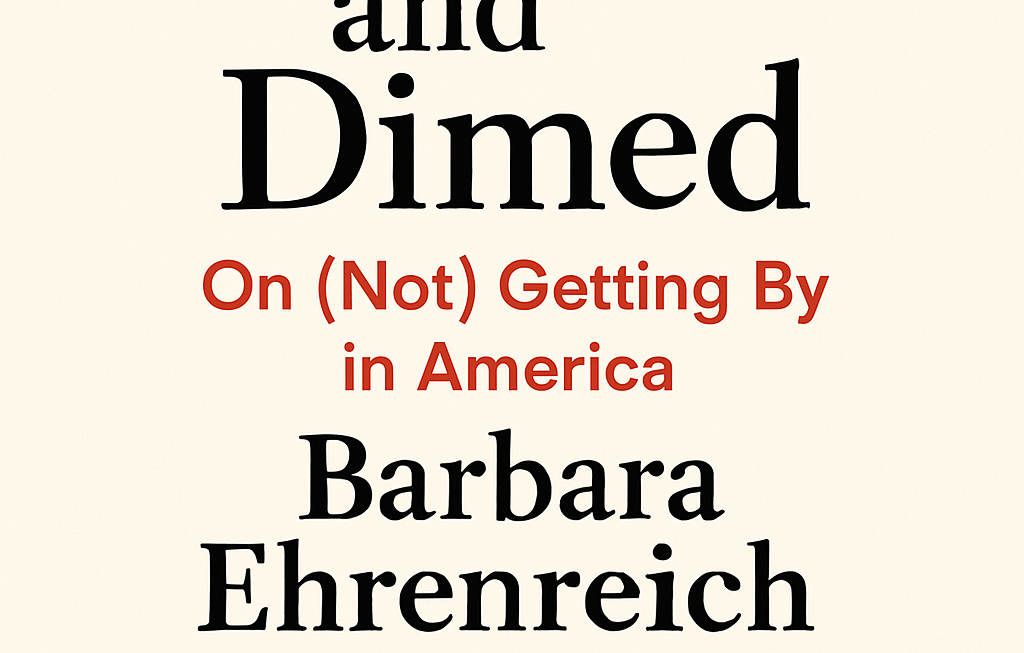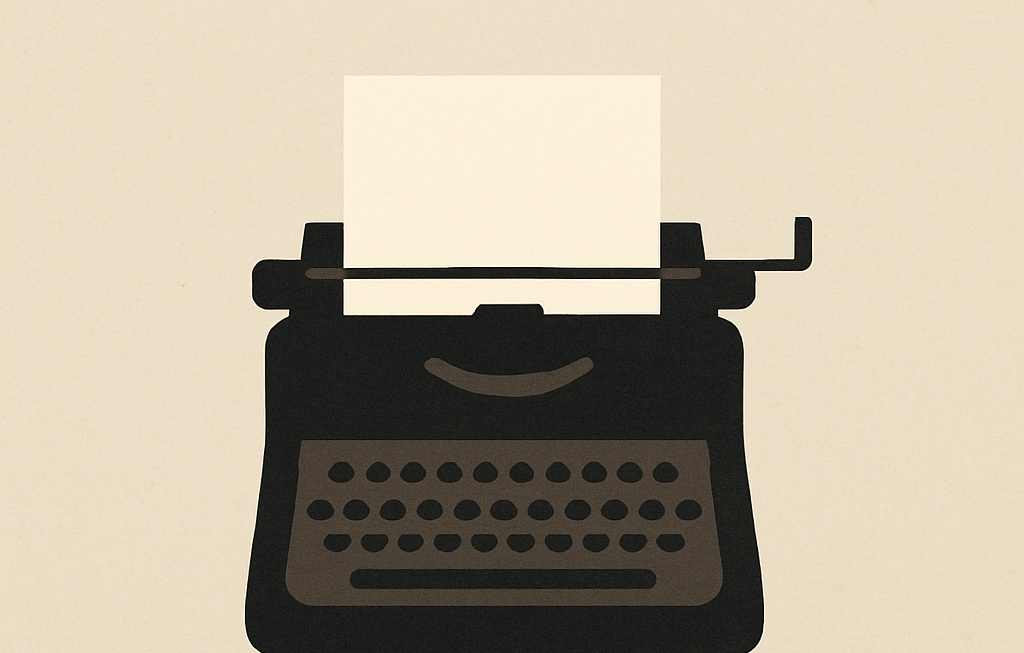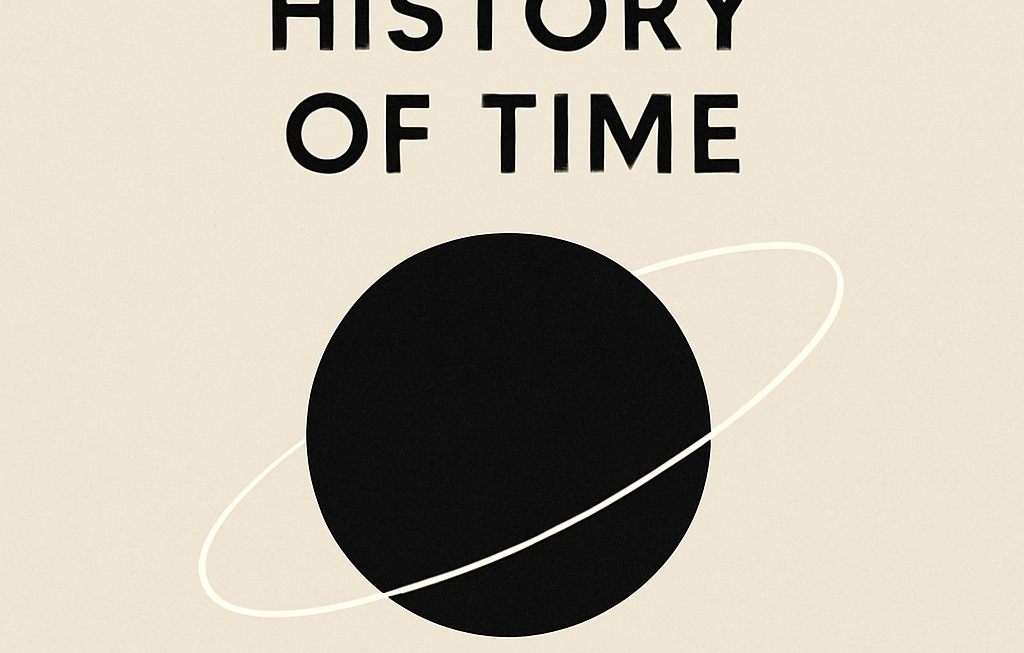Nickel and Dimed: Twenty Years On – A Conversation with Barbara Ehrenreich
Twenty years after its publication, Barbara Ehrenreich’s Nickel and Dimed: On (Not) Getting By in America remains a searing indictment of America’s economic disparities. More than a journalistic exposé, it’s a powerful, deeply personal narrative. Ehrenreich, a seasoned journalist and outspoken critic of neoliberal capitalism, didn’t simply write a book; she lived the experience. She submerged herself in the lives of the working poor, taking low-wage jobs in Florida, Maine, and Minnesota, meticulously documenting the physical and emotional toll of surviving on minimum wage. The resulting book is not merely a collection of anecdotes, but a meticulously researched and unflinching portrayal of the systemic inequalities that trap millions in a cycle of poverty, exposing the hollowness of the American Dream’s promise for many. The book’s enduring power lies in its ability to connect with readers on both an intellectual and emotional level, forcing us to confront the often-invisible struggles faced by those navigating the precarious margins of the American economy. Her subsequent works, including Bright-Sided: How Positive Thinking Is Undermining America, further cement her legacy as a writer who fearlessly tackles the societal issues often ignored or sanitized by mainstream discourse. Ehrenreich’s work isn’t simply about observing; it’s about activism through writing, and the impact of her words continues to reverberate through contemporary social and political debates. Her ability to seamlessly blend personal experience with astute social analysis makes her a singular voice in American literature, one whose legacy transcends the pages of her books.
A Conversation with Barbara Ehrenreich
- 1. The book sparked significant debate; some criticized your methodology. Looking back, what aspects of your approach, if any, would you adjust?
The criticism about my methodology always struck me as somewhat disingenuous. I was upfront about the limitations of my experiment; I wasn’t aiming for a statistically representative survey. My goal was to provide an empathetic, visceral understanding of what it’s *like* to live on minimum wage – something easily lost in abstract statistics. Perhaps I could have more explicitly stated that aspect, but the core experience remains powerfully illustrative, even if not perfectly generalizable. Ultimately, the book’s impact seems to have validated my approach.
- 2. Nickel and Dimed resonated deeply with readers. To what do you attribute its lasting impact, beyond the stark realities it depicts?
I think its enduring power stems from its narrative structure. It’s not just data; it’s a story. People connect with the characters I met, their struggles, their resilience. The book is a human document, and I believe that’s crucial. The raw emotions, the physical exhaustion, the constant financial anxiety—those are things statistics alone can’t convey. It taps into a fundamental human need for empathy and understanding.
- 3. Your work often intertwines personal experience with rigorous social analysis. How do you navigate that delicate balance in your writing?
It’s a constant negotiation. I strive for a level of rigor and research that’s not often associated with memoiristic work. But the personal element isn’t just window dressing; it’s the emotional engine that drives the analysis. It helps to make complex issues more relatable, humanizes them, and compels readers to engage. I believe the combination is a powerful way to address issues that are often treated abstractly and coldly.
- 4. Your critique of the “American Dream” isn’t simply cynical; it’s deeply informed. Could you elaborate on your conception of this powerful myth and its implications?
The American Dream, as presented, is a cruel hoax for so many. It operates as a powerful ideology that blames individuals for systemic failures. It’s used to justify vast economic inequality, making people believe that their own lack of success reflects personal flaws, rather than the structural barriers to upward mobility. This myth needs to be interrogated, dismantled and reconstructed so that it offers a real possibility for all, and not merely an exclusive few.
- 5. You’ve been criticized for being overly pessimistic. Do you see your work as primarily critique, or does it offer a path toward solutions?
Critique is essential; without it, we can’t begin to understand or address the problems. However, my work is not just about pointing out flaws. It’s about identifying systemic issues that require collective action and political change. While the picture I paint may seem grim at times, there’s always an implied call to action. The solutions aren’t simple, but ignoring the problems won’t make them disappear.
- 6. Beyond Nickel and Dimed, which of your other works holds particular personal significance and why?
While Nickel and Dimed holds a unique place because of its wide impact, I find Bright-Sided particularly important. The relentless positivity promoted by the self-help industry, and in our culture generally, is not only ineffective but can be actually harmful. It deflects attention away from genuine problems, hindering our collective capacity to confront societal challenges.
- 7. What writers or thinkers have most profoundly influenced your approach to journalism and social commentary?
I’ve been deeply influenced by writers who combine rigorous research with emotional depth and narrative skill – writers like Upton Sinclair (The Jungle), who effectively used storytelling to expose social ills. Beyond literature, thinkers like Noam Chomsky have significantly shaped my understanding of power structures and their influence on social justice.
- 8. In the era of digital media, how do you view the evolving landscape for social commentary and the role of the journalist?
The digital age presents both challenges and opportunities. The spread of misinformation is a significant threat, but the internet also allows for a wider dissemination of alternative perspectives. It’s crucial for journalists to be more transparent about their methodologies and critically evaluate the information they share; fact-checking is essential.
- 9. Your work has been praised for its accessibility despite tackling complex issues. How do you ensure your writing remains engaging for a broad audience?
Clarity and empathy are paramount. I try to use straightforward language, avoiding jargon and overly academic terms. I aim to make complex ideas accessible, believing that significant social issues should resonate with everyone, not just specialists. The personal narrative serves as a bridge to connect with readers on a deeply human level.
- 10. What advice would you offer to aspiring journalists and writers who aspire to make a similar impact?
Don’t shy away from difficult subjects. Find your voice, be rigorous in your research, and most importantly, write with empathy. Connect with your subject matter on a personal level; find the human story within the larger social issues. Impact isn’t just about the scope of your work, but the honesty and passion behind it. Be fearless in the face of criticism and know that your work can make a tangible difference.



